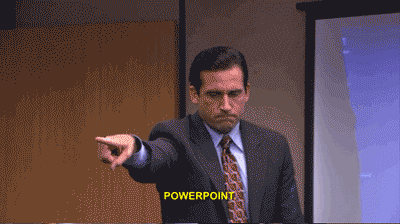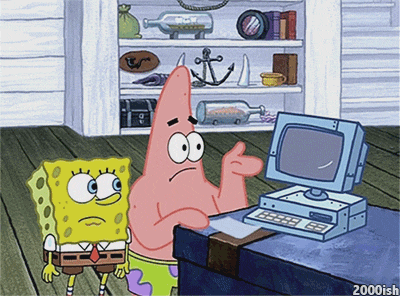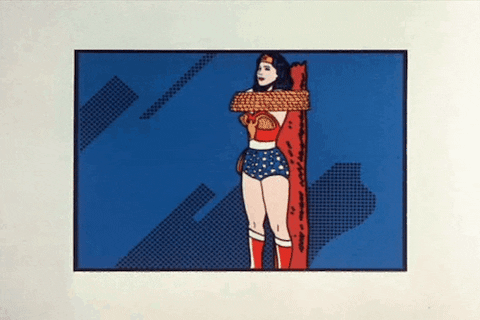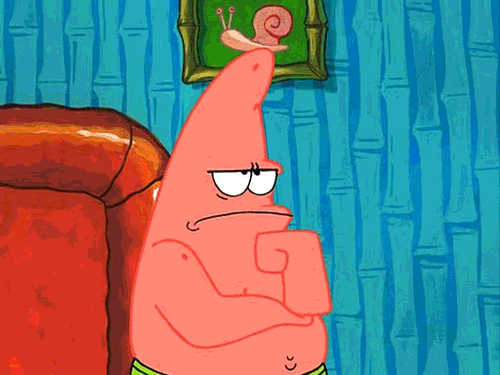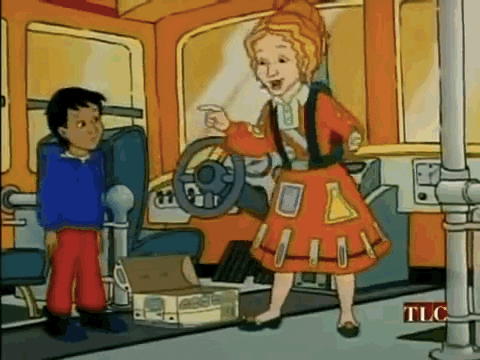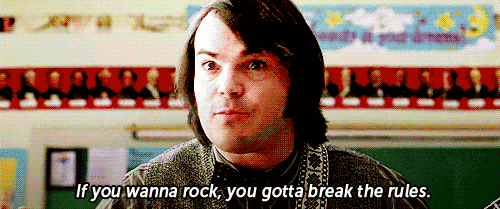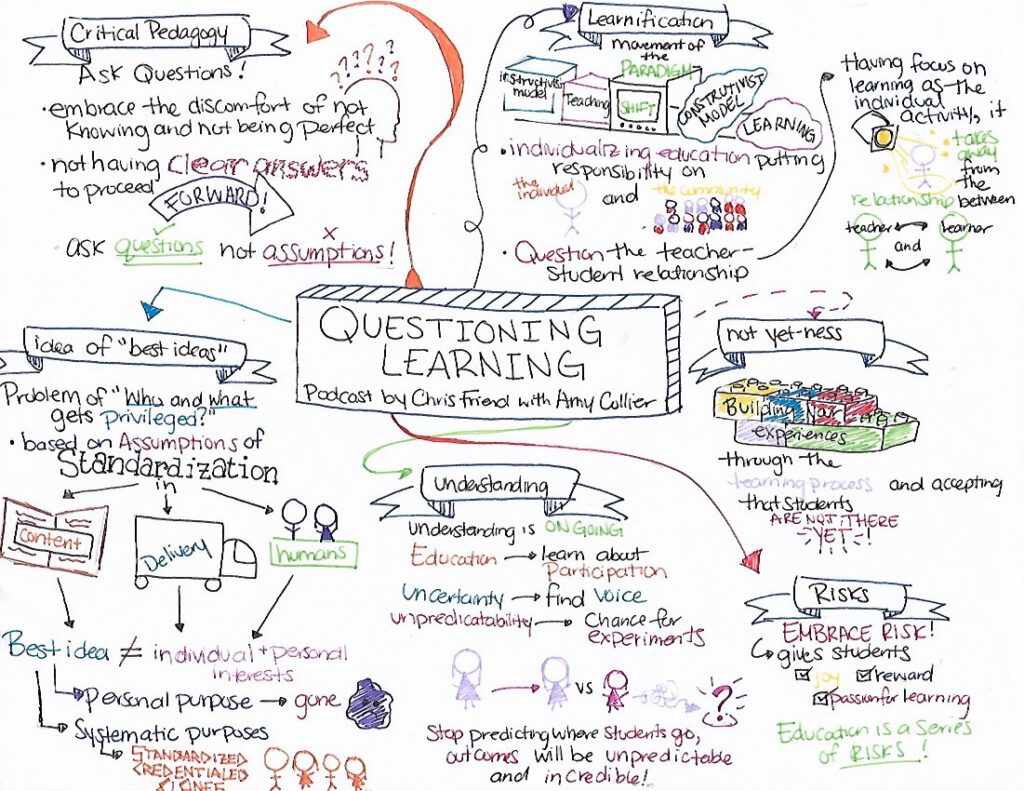For my media reflection, I chose the Technologist Module. As future educators, we must create digital tools that fit the student’s skills and enhance their learning experience. The technologist module provides models that transform teaching into a creative and innovative manner. Since technology is an ever-growing invention with many drawbacks accompanying its system, as educators we must take into consideration how the selected tools will benefit or deter student learning. The “design thinking approach” is a beneficial tool because it aims to solve the students learning difficulties and redefine problems in a collaborative way. The core understanding of the tool is understanding your students. The tool reframes these problems in a human-centred way as the user is directly affected by the design. The approach follows a five-stage process that include empathize, define, ideate prototype, and connect.

I decided to make a slidedeck because I thought it would be fun to make. The only experience I had with a narrated slidedeck was when I took an online class in university, that was how my professor taught.As I was making my artifact, there were a lot of technological problems for me. I created my slideshow and did my voiceovers on MS PowerPoint. When recording the presentation, I was looking for a tool to help online, but I discovered that PowerPoint can record the slides. I though that this plarform was going to be a holy grail.
However, when it came to recording the whole presentation, the slides and audio would not match. The audio would either lag, play on a different slide, or won’t play at all. This took a lot of finessing to make it work. And just when I thought my video was complete, my laptop crashed and it did not save the video.
I could not get access to the video at all but I found my PowerPoint online using the office365 website. However, the audio went missing. At this point I want to throw my computer away and create a infographic instead. But I did not want to give up, so I rerecorded my audio. I used my phone for the audio, and I exported the PowerPoint into a movie and I used my sister’s mac to use iMovie and I created my narrated slidedeck. Overall, I though MS PowerPoint was going to be easy to navigate, it was a nightmare.
My video link: https://youtu.be/J1JmNj7PN5U

